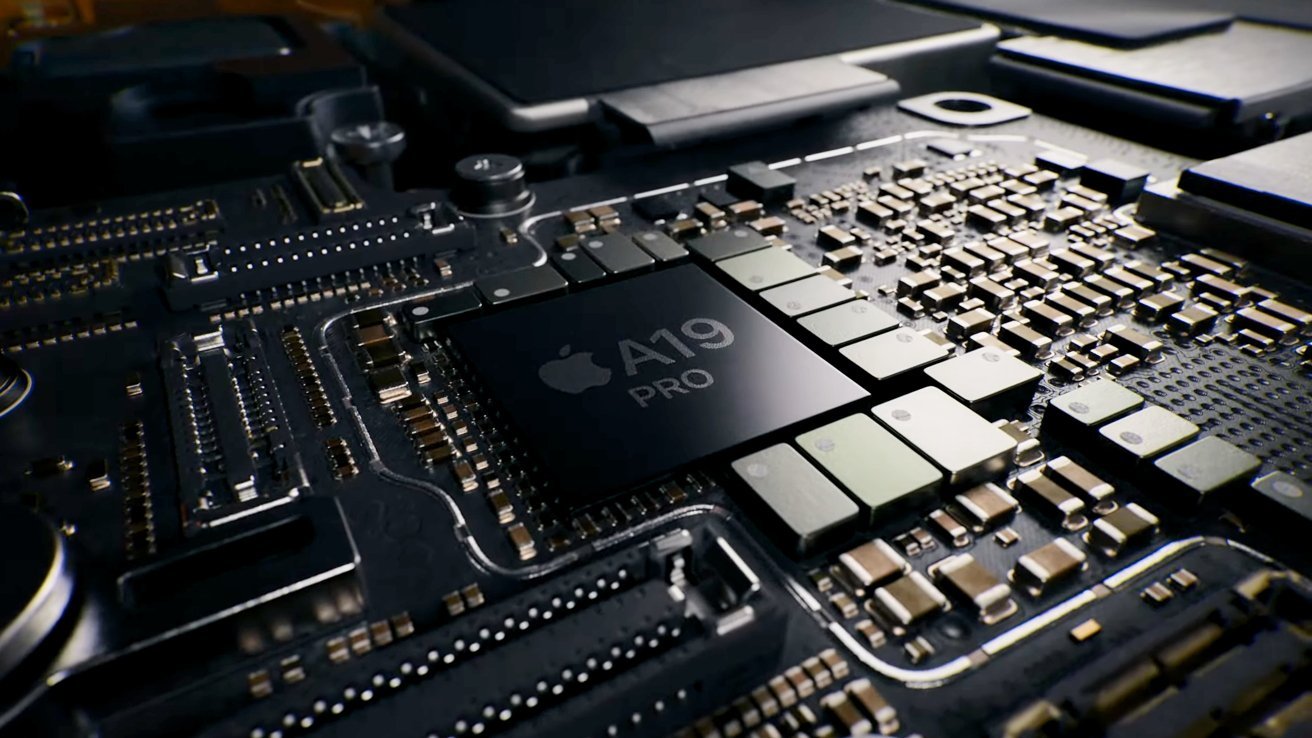Apple is poised to revolutionize its MacBook Pro lineup by introducing OLED display technology in 2026. This strategic shift aims to enhance visual performance, energy efficiency, and overall user experience. This article delves into the anticipated benefits, technological advancements, and the broader implications of this transition.
The Evolution of MacBook Pro Displays
Historically, Apple’s MacBook Pro has undergone several display transformations. The 2021 models introduced mini-LED technology, offering improved brightness and contrast over traditional LCDs. However, OLED technology promises to elevate these attributes further, providing deeper blacks, more vibrant colors, and superior energy efficiency.
Advantages of OLED Technology
OLED (Organic Light-Emitting Diode) displays differ from LCDs by emitting light through organic compounds, eliminating the need for a backlight. This results in:
– Enhanced Contrast Ratios: OLEDs can achieve true blacks by turning off individual pixels, leading to infinite contrast ratios and more lifelike images.
– Improved Energy Efficiency: By illuminating only necessary pixels, OLEDs consume less power, potentially extending battery life.
– Thinner and Lighter Designs: The absence of a backlight allows for slimmer device profiles, contributing to more portable and aesthetically pleasing designs.
Samsung Display’s Pivotal Role
Samsung Display is set to be the exclusive supplier of OLED panels for the upcoming MacBook Pro models. The company has invested approximately $3.1 billion in an 8.6th generation OLED production facility in Asan, South Korea, to meet Apple’s specifications. This investment signifies a substantial leap from the existing 6th generation technology, enabling the production of larger panels at reduced costs.
Technological Innovations and Manufacturing
Apple’s stringent requirements include the integration of oxide thin-film transistor (TFT) technology alongside low-temperature polycrystalline silicon (LTPS) OLED. This combination is expected to reduce power consumption and enhance display longevity. Samsung Display has reportedly made significant advancements in oxide TFT panels, aiming to produce 15,000 glass substrates monthly, equating to up to 10 million MacBook Pro displays annually. This production capacity is approximately double Apple’s projected demand, indicating potential scalability for future OLED MacBook models.
Design Implications and User Experience
The adoption of OLED technology is anticipated to facilitate a comprehensive redesign of the MacBook Pro. Reports suggest a thinner and lighter chassis, marking the first major design overhaul since 2021. Additionally, the current display notch may be replaced with a more discreet punch-hole camera, aligning with design elements seen in recent iPhone models. These changes aim to provide a more immersive viewing experience and modern aesthetic appeal.
Market Impact and Industry Trends
Apple’s transition to OLED displays is expected to catalyze a significant surge in OLED demand within the notebook market. Industry analysts predict that this move could lead to over 60 million OLED-equipped notebooks by 2031. This trend reflects a broader industry shift towards integrating OLED panels into premium laptops and tablets, driven by consumer demand for superior display quality and energy efficiency.
Challenges and Considerations
Despite the promising outlook, the transition to OLED technology presents challenges. The high cost of OLED production may result in increased retail prices for the new MacBook Pro models. Additionally, ensuring consistent supply and maintaining quality standards during mass production are critical factors that Apple and Samsung Display must address.
Future Outlook
While the MacBook Pro is slated to receive OLED displays in 2026, other Apple products are on a different timeline. The MacBook Air, for instance, is not expected to feature OLED technology until 2029. This staggered rollout indicates a phased approach to integrating OLED across Apple’s product lineup, allowing for technological refinement and market adaptation.
Conclusion
Apple’s planned integration of OLED displays into the MacBook Pro represents a significant advancement in laptop technology. By partnering with Samsung Display and investing in cutting-edge manufacturing processes, Apple aims to deliver a product that combines superior visual performance with innovative design. As the 2026 release approaches, consumers and industry observers alike eagerly anticipate the next evolution of the MacBook Pro.



